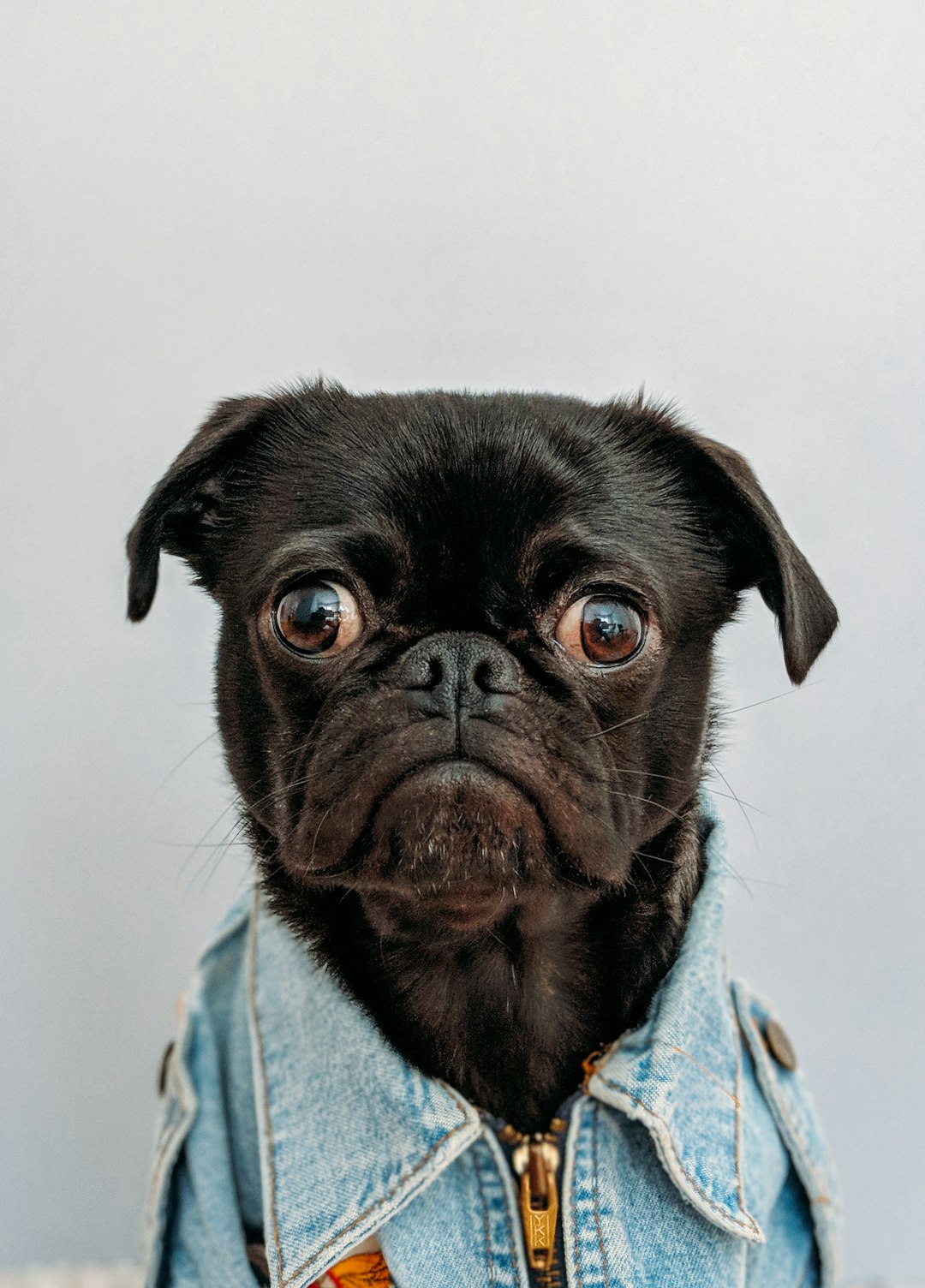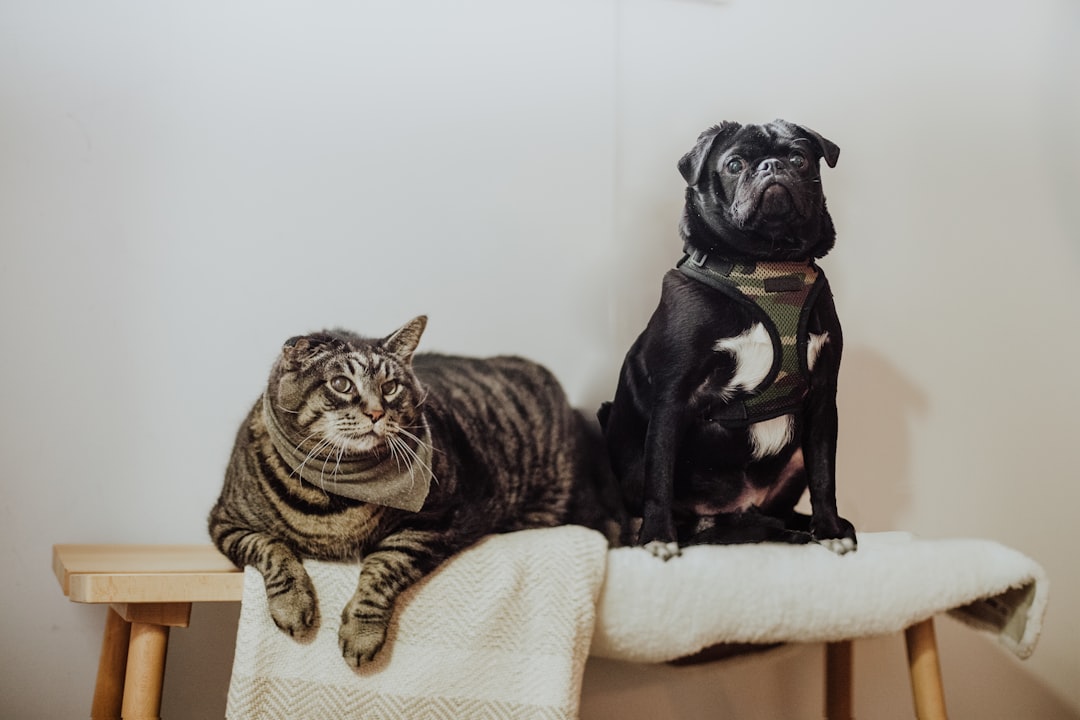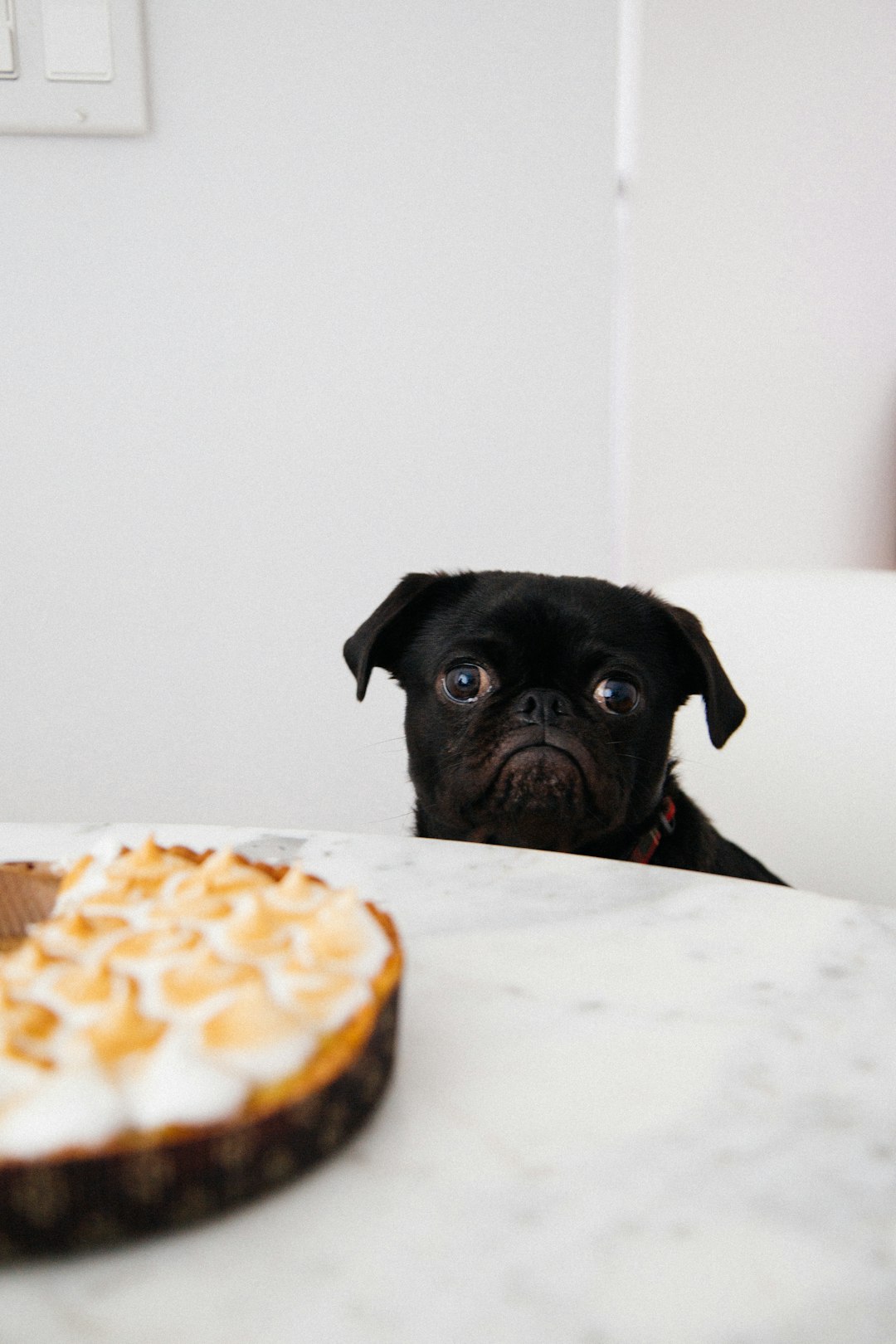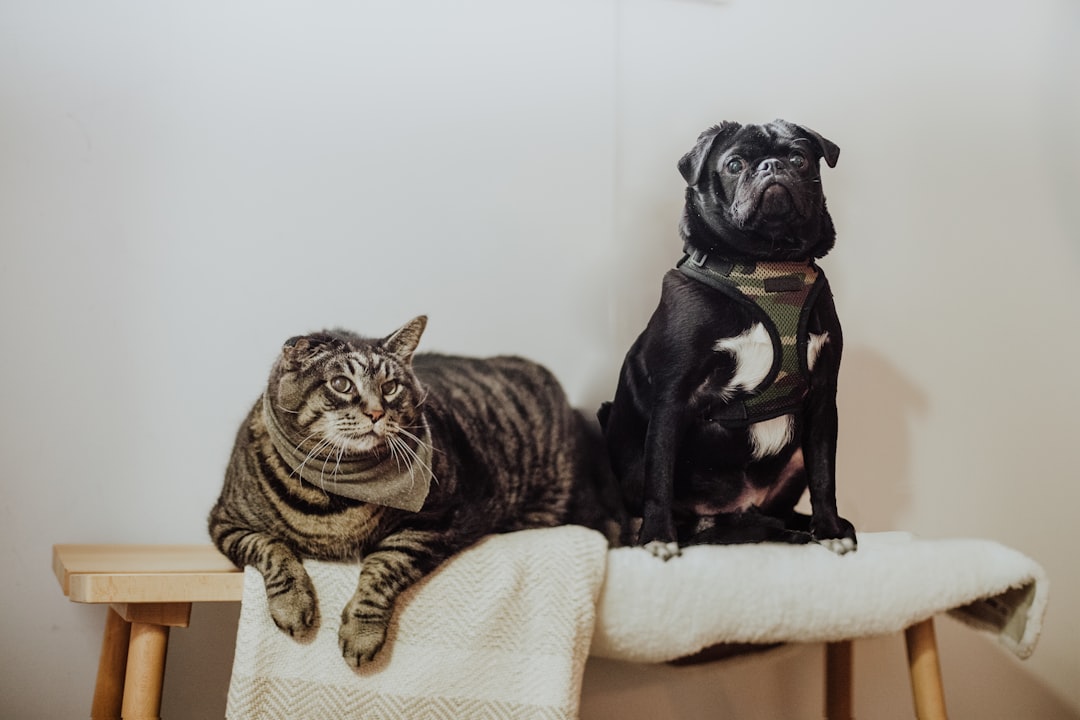Engaging in activities with your dog can be a rewarding experience, especially when it involves a flying disk dog. Not only does it promote physical exercise, but it also strengthens the bond between you and your furry friend. However, to ensure safe play and enjoyment, it’s essential to choose the right equipment, understand your dog’s limits, and incorporate basic training techniques. From fun games to safety precautions, this guide offers valuable tips and insights for an enjoyable flying disk experience with your canine companion.
Choosing the Right Flying Disk for Your Dog
Selecting the perfect flying disk for your Flying Disk Dog is crucial for a fun and safe play experience. Consider the following factors:
Material: Opt for a soft, flexible material like rubber or fabric. It minimizes the risk of injury to your dog’s mouth and teeth.
Size: Ensure the disk is an appropriate size for your dog. A larger disk is suitable for bigger breeds, while smaller disks work best for toy and small breed dogs.
Weight: Choose a lightweight disk that is easy for your dog to catch and carry. Heavier disks can be cumbersome and may discourage play.
Durability: Look for a disk designed to withstand chewing and rough handling. A well-constructed disk will last longer and provide consistent fun.
Here’s a comparison table to help you choose:
| Disk Type | Best For | Durability | Weight |
|---|---|---|---|
| Rubber Disk | All breeds | High | Light |
| Fabric Frisbee | Smaller dogs | Medium | Very Light |
| Tough Chew Disk | Aggressive chewers | Very High | Medium |
By considering these factors, you’ll ensure your flying disk matches your dog’s needs, creating enjoyable and safe fetch sessions.

Basic Training Techniques for Disk Fetch
Training your Flying Disk Dog enhances their performance and ensures a safe play experience. Here are effective techniques to get you started:
Introducing the Disk: Begin by allowing your dog to sniff and get familiar with the flying disk. Use treats to create a positive association.
Short Throws: Start with short, gentle throws of the disk. Praise your dog as they retrieve it. Gradually increase the distance as they develop confidence.
Come Command: Teach your dog to return with the disk. Use a consistent command, like “come” or “bring it back,” paired with encouragement and rewards.
Drop It Command: Encourage your Flying Disk Dog to release the disk on command. Use treats to reinforce this behavior when they drop the disk by themselves.
Practice Regularly: Short, frequent training sessions work best. Aim for 10-15 minutes each day, keeping your dog engaged without overwhelming them.
Stay Positive: Always maintain a positive atmosphere. Celebrate small victories to keep your dog motivated.
These basic training techniques not only build your dog’s skills but also strengthen the bond you share through fun, interactive play!
Fun Games to Play with Flying Disks
Engaging your dog in play is essential for their well-being, and flying disks can take their fun to the next level. Here are some enjoyable games you can play with your Flying Disk Dog:
Ultimate Fetch: Increase the challenge by throwing the disk at varying distances. Encourage your dog to run, jump, and leap to catch it mid-air. This not only boosts their physical fitness but also reinforces fetching skills.
Disk Toss Challenge: Set up targets in your yard or at a park. As you throw the flying disk, aim for different targets. Reward your dog for reaching and interacting with each target, enhancing their focus and agility.
Catch and Retrieve Relay: Team up with a friend. While one of you throws the disk, the other can work on teaching your dog to return it directly to you. This game enhances the bond between you and your Flying Disk Dog while sharpening their retrieval instincts.
Obstacle Course with Disks: Create an obstacle course where your dog has to navigate challenges before catching the flying disk. This combines physical and mental stimulation, keeping your dog engaged.
These games not only provide fun but also strengthen your connection with your Flying Disk Dog.
Incorporating Tricks into Disk Play
Engaging your dog with a Flying Disk Dog can be a fantastic way to incorporate tricks into your playtime. Here are some effective strategies to make your play both entertaining and educational:
- Start Simple: Teach basic commands like "sit" or "stay" before introducing the disk. This forms a solid foundation for further tricks.
- Introduce the Disk: Once your dog is comfortable with basic commands, show them the flying disk. Allow them to sniff and explore it before throwing it.
- Chain Tricks Together: Once your dog masters fetching the disk, combine tricks. For example, ask them to “roll over” before you throw the disk, making it an exciting sequence.
Suggested Tricks to Incorporate:
| Trick | Description |
|---|---|
| Spin | Have your dog spin in a circle before catching the disk. |
| High Five | Teach your dog to give a "high five" after they catch the disk. |
| Jump | Encourage your dog to jump to catch the disk mid-air. |
By incorporating tricks into your Flying Disk Dog play, you enhance your dog’s skills, provide mental stimulation, and strengthen your bond. Keep sessions positive, and always reward their efforts!

Safety Precautions When Playing with Disks
When engaging in activities with your Flying Disk Dog, prioritizing safety ensures a fun experience for both you and your furry friend. Consider these essential precautions:
- Supervise Playtime: Always keep an eye on your dog during play. This prevents accidents and helps you notice when they tire.
- Choose Safe Environments: Opt for open spaces free from obstacles, such as rocks or sharp objects, to avoid injuries.
- Inspect Your Disks: Regularly check for wear and tear. Disks with cracks or sharp edges can harm your dog’s mouth or paws.
- Monitor Temperature: Avoid the hottest times of day. Dogs can overheat quickly, especially when running after a flying disk.
- Know Your Dog’s Limits: Watch for signs of fatigue. It’s important not to push your Flying Disk Dog beyond their capabilities.
- Hydration is Key: Always have fresh water available to keep your dog hydrated during and after play.
By following these safety measures, you can create a joyful and secure environment for your Flying Disk Dog to thrive.
Understanding Your Dog’s Limits
When engaging in activities with your Flying Disk Dog, it’s crucial to understand and respect their physical limitations. Overexertion can lead to injuries or exhaustion. Here are some fundamental guidelines to ensure your dog enjoys playtime while staying safe:
Age and Fitness Level: Young, energetic dogs can typically handle longer play sessions, while older dogs may require shorter durations. Adjust the frequency based on their fitness level.
Signs of Fatigue: Watch for these indicators:
- Heavy panting
- Lethargy or reluctance to fetch
- Excessive drooling
Taking Breaks: Regularly schedule breaks every 10-15 minutes, allowing your dog to hydrate and rest.
Playtime Management: Limit fetch sessions during extreme weather, as both heat and cold can stress your dog.
By monitoring your Flying Disk Dog closely and recognizing their limits, you can provide a safe and enjoyable experience during your playful adventures!
Preparing for Weather Conditions
When engaging in Flying Disk Dog activities, always consider the weather conditions to ensure your pet’s safety and enjoyment. Extreme temperatures can affect your dog’s performance and health. Here are some important factors to consider:
Hot Weather:
- Choose early mornings or late evenings: These cooler times minimize heat exposure.
- Hydration is crucial: Always have fresh water available for your dog.
- Watch for signs of overheating: Panting, lethargy, and excessive drooling are red flags.
Cold Weather:
- Limit playtime: Shorten fetch sessions in freezing temperatures.
- Provide protection: Consider a doggy coat for small or short-haired breeds.
- Be cautious of ice: Ensure that the ground is safe to prevent slips and injuries.
Rain or Wet Conditions:
- Use non-slip disks: Opt for rubber disks that provide better grip.
- Dry off your dog afterward: Wet fur can lead to chills.
By preparing properly for these weather conditions, you can promote a safe and enjoyable Flying Disk Dog experience for both you and your furry friend.

Caring for Your Flying Disks and Keeping Them Safe
Ensuring your Flying Disk Dog enjoys their time with disks also involves proper care and safety measures. Here are some practical tips to keep your flying disks in top shape and your dog safe:
- Choose Durable Materials: Opt for disks made from tough, non-toxic materials designed for canine play. Look for those that can withstand rough chewing.
- Regular Inspections: Frequently check your flying disks for any signs of wear and tear. Disks with cracks or frays can pose a choking hazard.
- Clean After Use: Rinse your flying disks with water and mild soap after playtime, especially if your dog has been playing in muddy or sandy areas. This helps prevent bacteria build-up.
- Store Safely: When not in use, keep disks stored away from direct sunlight and moisture to prolong their life. Avoid leaving them outdoors, which can cause material degradation.
- Limit Flying Time: Monitor play sessions to prevent overexertion. Although your dog may love the thrills of a Flying Disk Dog game, it’s essential to give them regular breaks to avoid fatigue.
By following these simple care tips, you can ensure that your flying disks remain safe and enjoyable for your furry friend!
Frequently Asked Questions
What are some safe tips for playing with a flying disk with my dog?
Playing with a flying disk can be a delightful experience for both you and your dog; however, safety should always be your priority. Start by choosing a lightweight, soft disk specifically designed for dogs to minimize the risk of injury. Ensure the playing area is free of obstacles, and avoid hard surfaces like concrete. Always supervise your dog to prevent overexertion and stay hydrated. Additionally, teach your dog commands such as ‘drop it’ and ‘stay’ to enhance control during playtime.
How do I train my dog to catch a flying disk?
Training your dog to catch a flying disk requires patience and positive reinforcement. Begin by allowing your dog to get familiar with the disk; use treats to encourage interaction. Start with short throws on the ground to help your dog understand the concept of retrieving. Gradually increase the distance of your throws as your dog gets the hang of it. Reinforce successful catches and retrieves with praise and treats to motivate your dog. Consistency is key; practice regularly but keep sessions short to maintain your dog’s interest.
What are the benefits of playing with a flying disk for my dog?
Playing with a flying disk provides numerous benefits for dogs. It encourages physical exercise, which is essential for maintaining a healthy weight and preventing obesity. The act of chasing and catching the disk stimulates mental agility and enhances coordination. Moreover, this activity can strengthen your bond with your dog through shared playtime. Engaging in outdoor play offers opportunities for socialization with other dogs and humans, which is beneficial for developing your dog’s behavior and social skills.
At what age can I start playing flying disk games with my dog?
The best age to introduce your dog to flying disk games varies based on breed and size. Generally, it is advisable to start this activity when your dog is at least six months old, which is when they have developed sufficient muscle control and coordination to safely engage in running and jumping. However, it’s crucial to assess your dog’s physical maturity and health before starting. Consult with your veterinarian if you’re unsure, as older puppies and young adult dogs often have better stamina and can handle the activity safely.



